You Should Set Your Thermostat at This Specific Temperature in Winter — To Avoid Mold, Damp and Condensation
Setting your thermostat correctly during the cold will bring you a happy and healthy home. Here's what the experts have to say about it
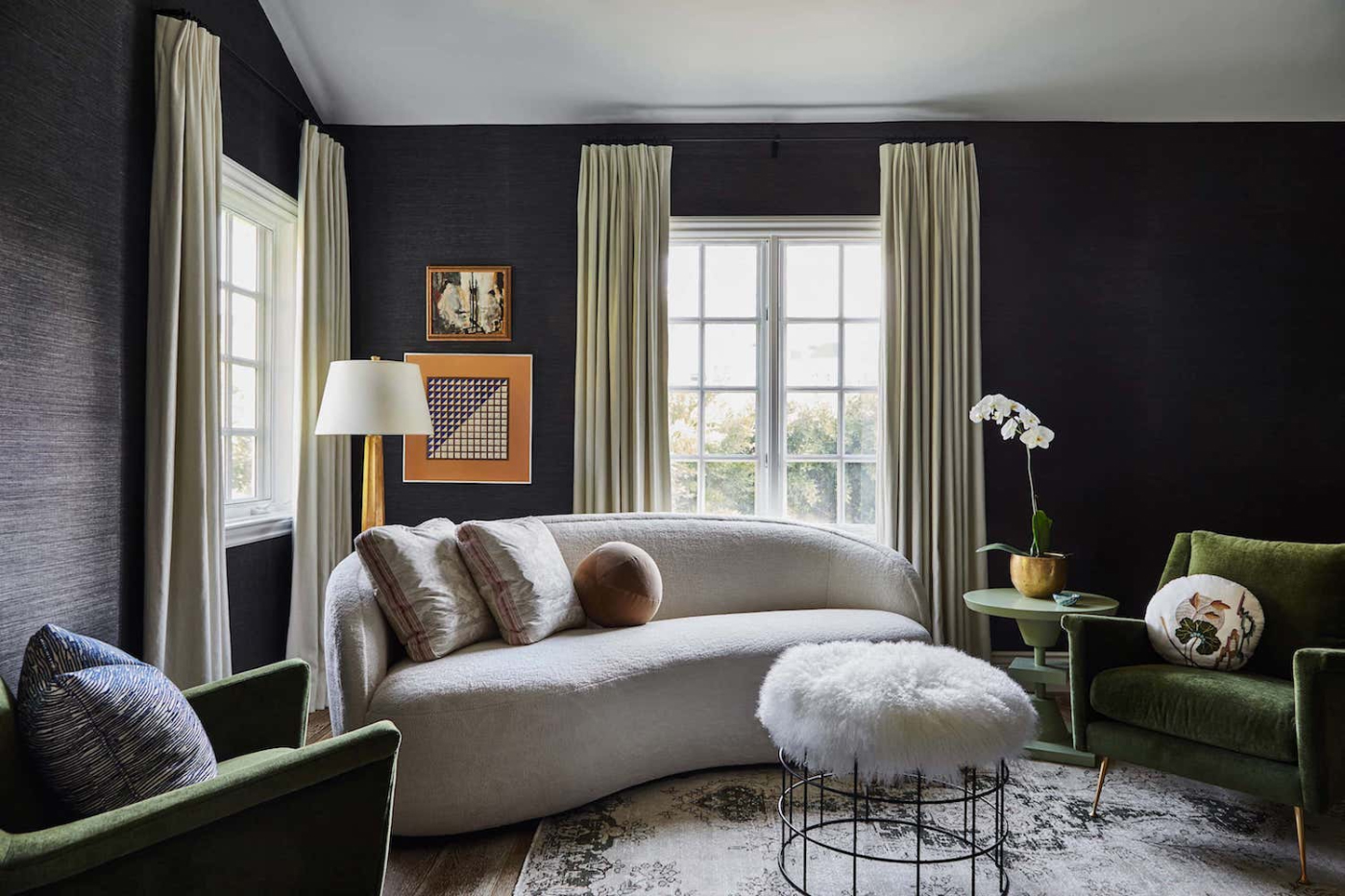

Did you know that keeping your thermostat at a consistent temperature during winter will help protect you and your home? Aesthetics aside, the foundation of your home and all that resides in it is just as important, and temperature plays a big role in keeping things in check.
Setting your thermostat at the right temperature during the cooler seasons will help reduce the risk of mold, condensation, and dampness. Best of all, you could save some money on your energy bills.
So, what is the ideal temperature? 68 to 72 degrees Fahrenheit is the average recommended range — and here, Heating, Ventilation, and Air Conditioning (HVAC) experts explain why.
Should You Keep a Consistent Temperature?

Should you keep your thermostat at a consistent temperature? According to HVAC experts, the answer is yes! Your living room, how it feels, and the temperature matter more than you realize.
"Keeping your thermostat at a consistent temperature prevents humidity fluctuations, which can lead to condensation and mold growth," explains Colin Matei, HVAC expert and president of Clean Air Heating & Cooling. "Stability is key to avoiding these issues."
As the expert states, a stable room temperature will help keep your space as healthy as possible. Inconsistent temperature can lead to moisture on the walls and even windows, which can be a place where mold and condensation thrive. This is why it's also important to note how to get rid of condensation without a dehumidifier.
What Temperature Should I Set My Thermostat to?
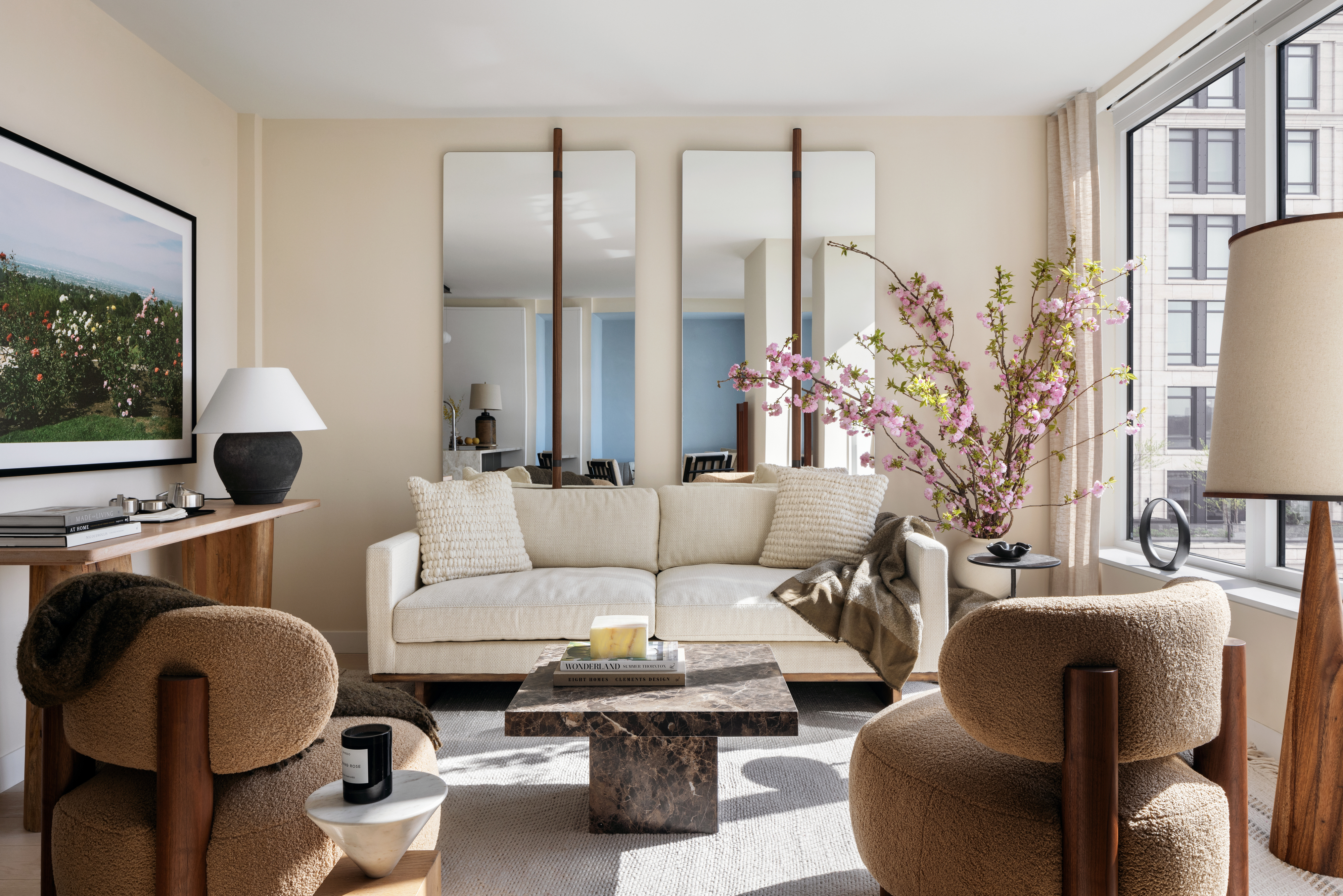
Whether you've invested in a smart thermostat or you've chosen to stick to a manual one, knowing what temperature to set it at is key to your home's environment.
Shu Saito, an HVAC and Filtration Expert at All Filters LLC, tells us: "During winter, I would prefer a setting of your thermostat at approximately 68°F (20°C) during the day because such temperature gives an ideal balance between comfort and prevention of dampness, mold, and condensation."
The expert says, "Maintaining your house within this consistent temperature minimizes the potential for moisture condensing onto a colder surface, which is where mold often develops, especially in areas with poor insulation."
Shu also suggests investing in a high-quality filter in your HVAC system. "From my experience at All Filters LLC, I also recommend having a high-quality filter in your HVAC system because they provide proper ventilation to the air and reduce its moisture content, further eliminating the possibility of dampness and condensation," explains Shu. "The best temperature is of course combined with good ventilation and filtering."
Want to switch to smart?

Price: $129.99
Was: $149.99
This mobile controllable thermostat has a smart sensor to manage hot and cold spots and deliver comfort throughout the home. According to the details written on the retailer site, it is compatible with most 24VAC HVAC systems: furnaces, ACs (2H/2C), heat pumps (2H/2C + 2 stage AUX), boilers, PTACs, and fan coil units (3 fan speeds).
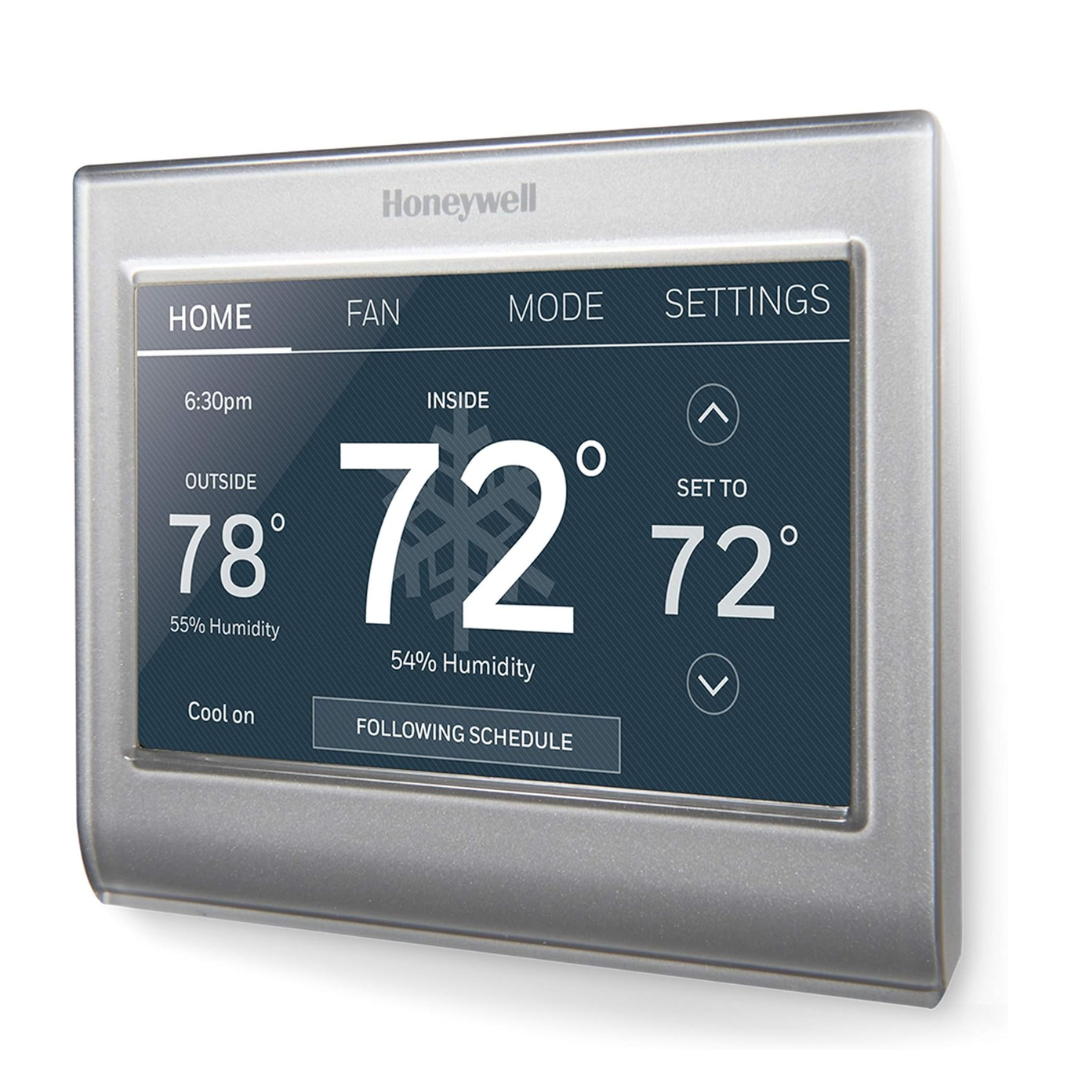
Price: $99.99
Was: $179.99
This Honeywell Home Smart Color Thermostat from Amazon can be personalized to fit your home's decor. It's known to save energy and can be adjusted to your schedule or your utility company’s peak rate pricing. Before you purchase this product, make sure you've checked to see if it is compatible with your home and its needs.
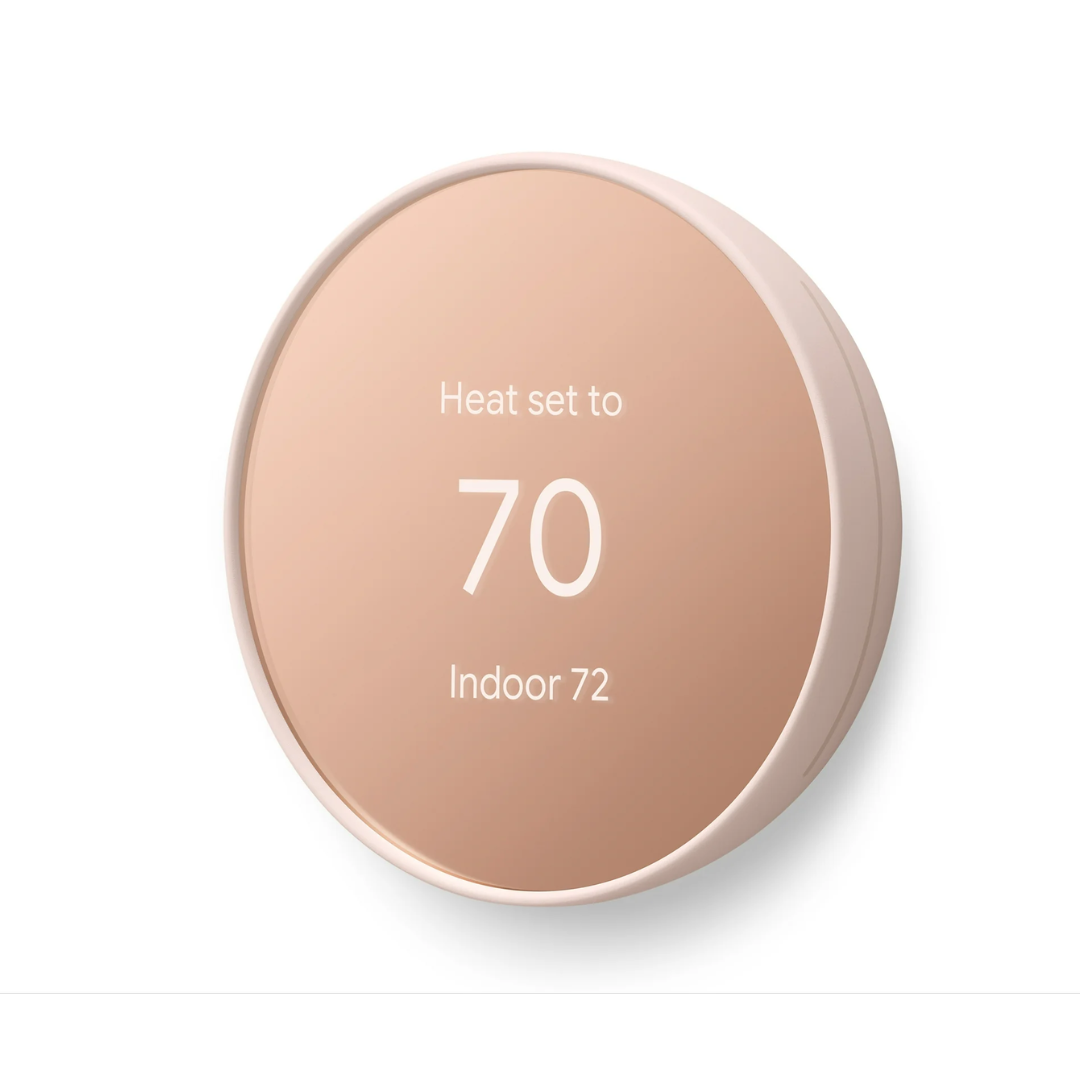
Price: $84.98
Was: $129.98
This little device will help you save energy and will turn itself down once you leave the house. With its Savings finding, the Google Nest Thermostat looks for ways to help you save even more. To get the most out of this device, all you need to do is download the Google Home App and connect your smart thermostat. It's easy to install and use and blends well within the home.
Why This Method is Energy Efficient
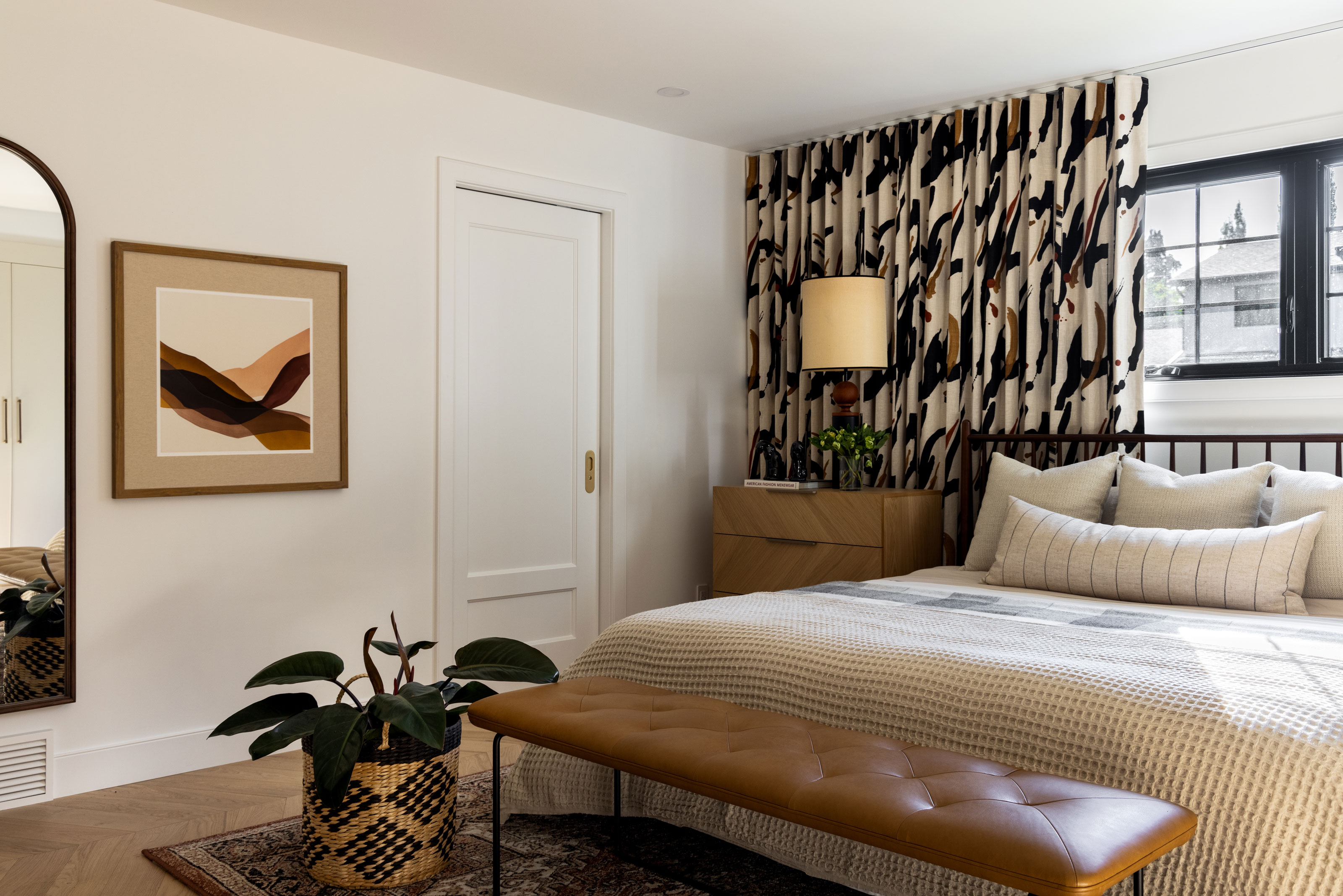
Looking for a good way to save energy and bills? Well, keeping your thermostat consistent will do just that, and Shu explains why.
"It saves energy because holding the house at 68°F keeps the load off of your heating system, allowing it to operate more steadily rather than cycling on and off at extremes," says Shu. "More frequent temperature fluctuations demand higher energy use, which increases your utility bills along with increasing wear on your furnace."
He continues: "At All Filters LLC, we consider clean air filters to be the starting point for this process: dirty filters make the heating systems work harder and use more energy. A clean filter with a moderate thermostat setting will keep your home comfortable and prevent energy waste, adding years to your HVAC system."
FAQs
When should you not keep heating at a constant temperature?
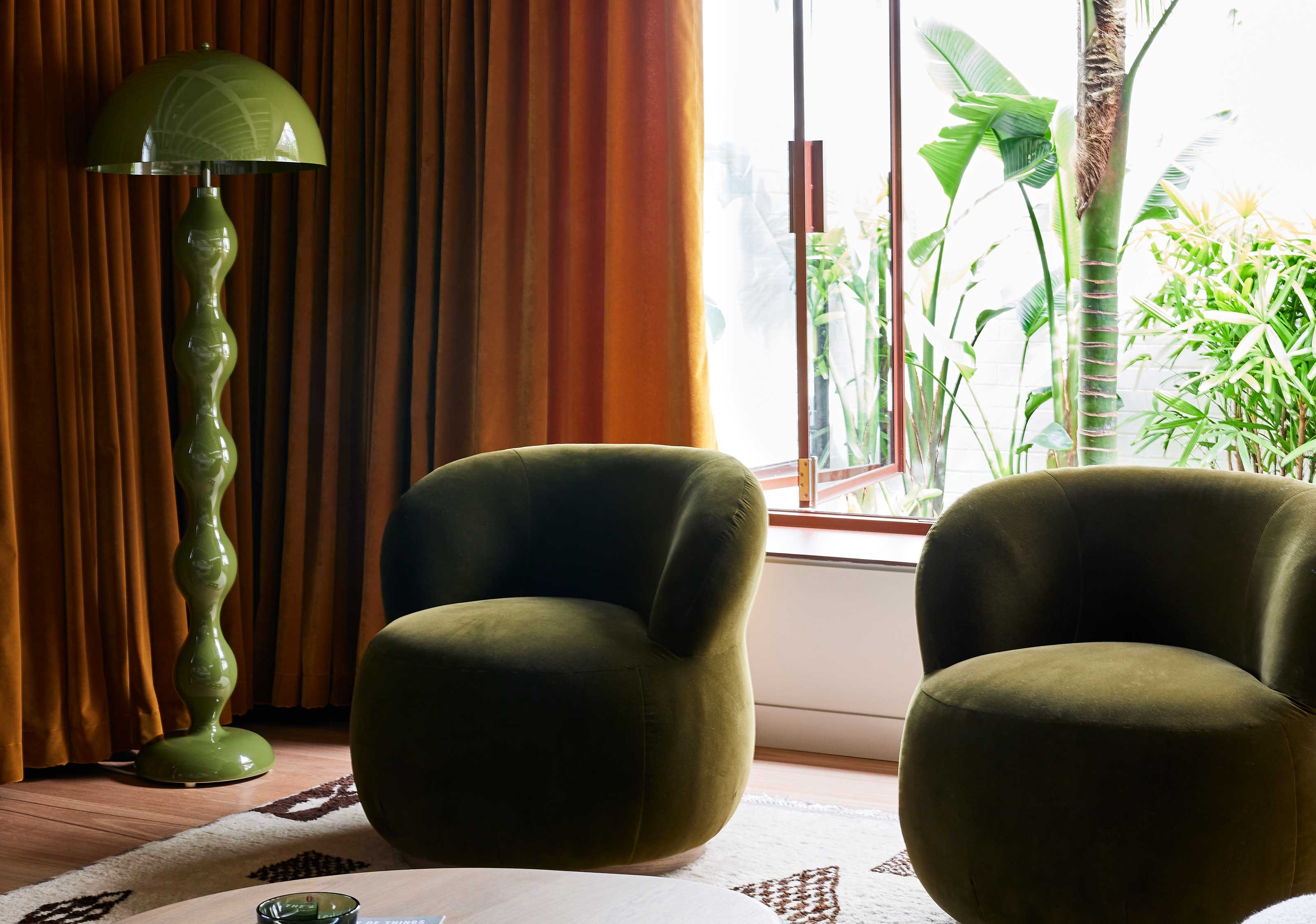
"You shouldn’t keep your heating at a constant temperature when your home is unoccupied for extended periods, such as during work hours or vacations," explains Shu. "Lowering the thermostat during these times saves energy without compromising the safety of your home. For example, setting it to around 55°F (13°C) when you’re away prevents frozen pipes while keeping energy consumption minimal."
According to Shu, "programmable or smart thermostats automatically optimize the heating schedule, adjusting temperatures according to your routine. Not only does this cut down on unnecessary energy use, but it also supports sustainability goals by lowering one's carbon footprint."
Be The First To Know
The Livingetc newsletters are your inside source for what’s shaping interiors now - and what’s next. Discover trend forecasts, smart style ideas, and curated shopping inspiration that brings design to life. Subscribe today and stay ahead of the curve.

Faiza is the Renovation Editor at Livingetc. Faiza is currently renovating her small kitchen in her dainty apartment in London. Faiza previously worked for The Independent as a News Feature Writer, where she crafted lifestyle, entertainment, and news stories. She also worked as an Audience Editor for the newspaper for almost two years. Thriving in the busy newsroom, Faiza also spent her time crafting stories for Sky News as an SEO reporter, where she produced stories based on trending topics. Lifestyle and interior design is a space she has been interested in for quite some time, and as she blossoms in this field, she will continue to further her skills in design and gardening. Faiza has a background in SEO, social media, and reporting. Her passion for writing goes beyond her workm as she loves all things poetry and creative writing.
-
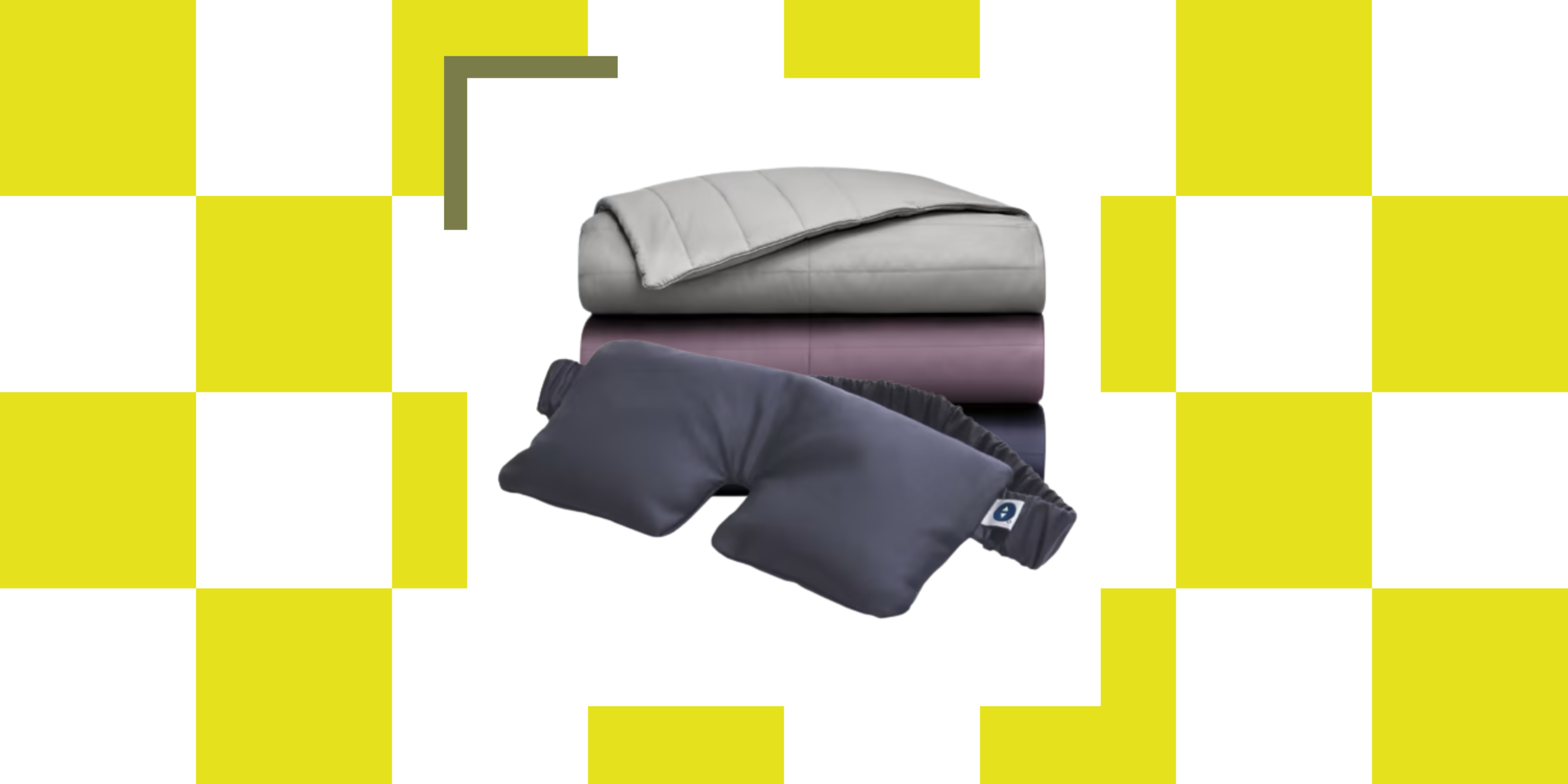 The Weighted Blanket That Doesn’t Make You Sweat (and the Eye Mask to Match)
The Weighted Blanket That Doesn’t Make You Sweat (and the Eye Mask to Match)Luxury has weight. And apparently, volcanic minerals
By Julia Demer
-
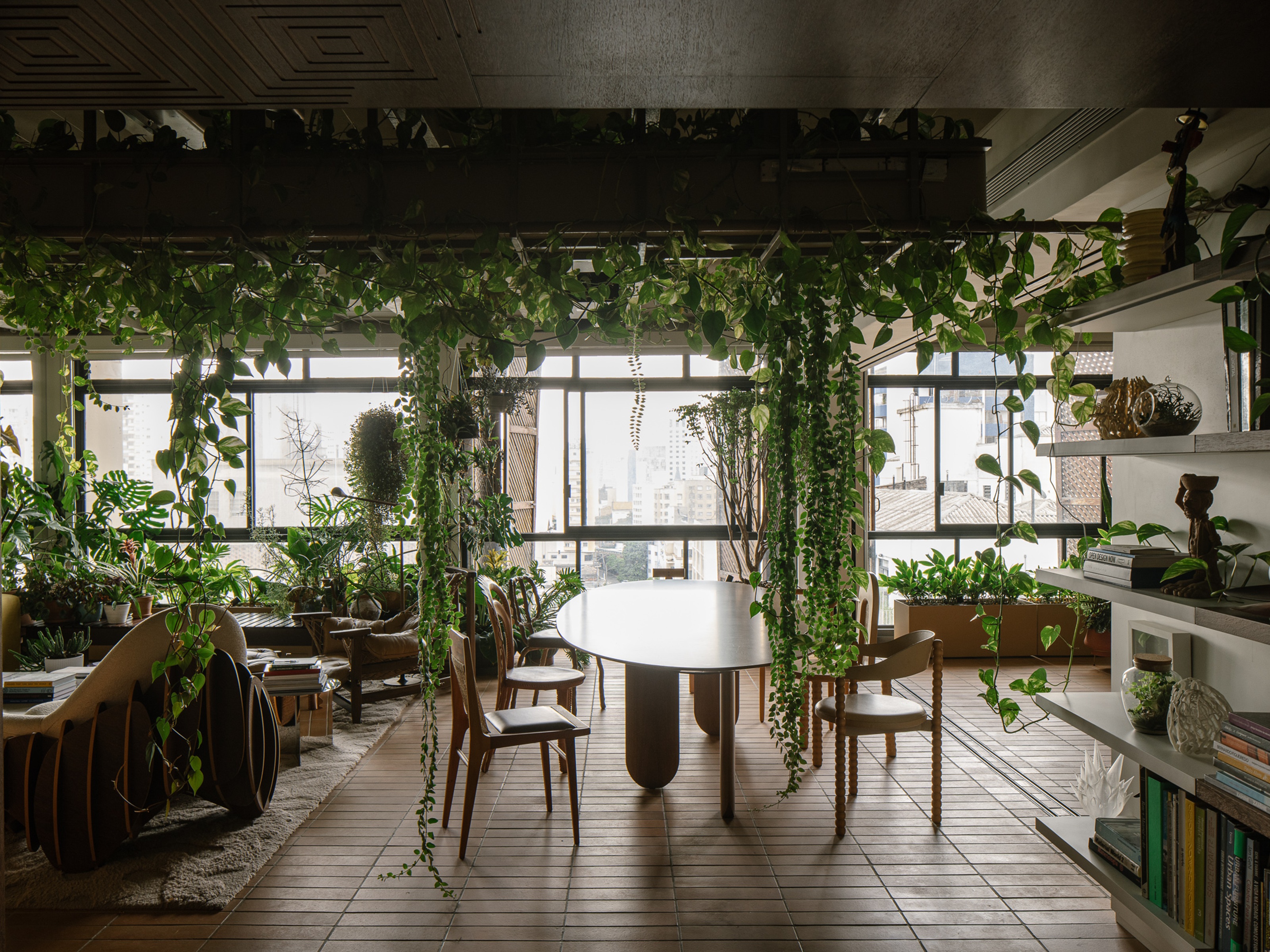 What Is Biophilic Interior Design? I'm an Actual Biophilic Designer, and This Is How to Apply It to Your Home
What Is Biophilic Interior Design? I'm an Actual Biophilic Designer, and This Is How to Apply It to Your HomeA biophilic designer explains the core principles of this practice, and the easy ways you can apply it to your home's design
By Marianna Popejoy
-
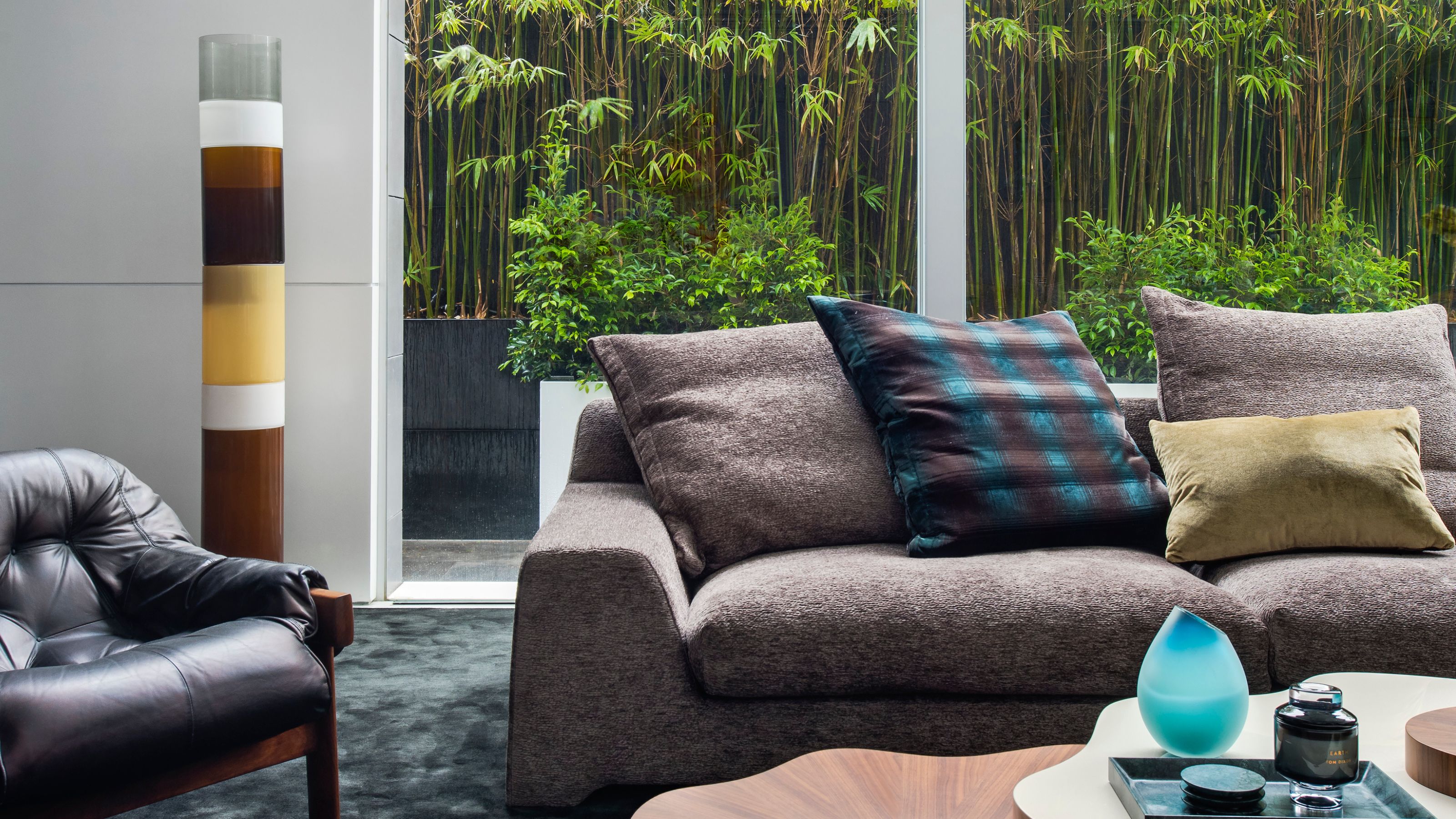 These Are the Dos and Don'ts of Bamboo Plant Placement — Follow This to Avoid Bad Feng Shui
These Are the Dos and Don'ts of Bamboo Plant Placement — Follow This to Avoid Bad Feng ShuiBy following the experts' guidance on where to place this houseplant you can usher luck, wealth, and prosperity into your home
By Lilith Hudson
-
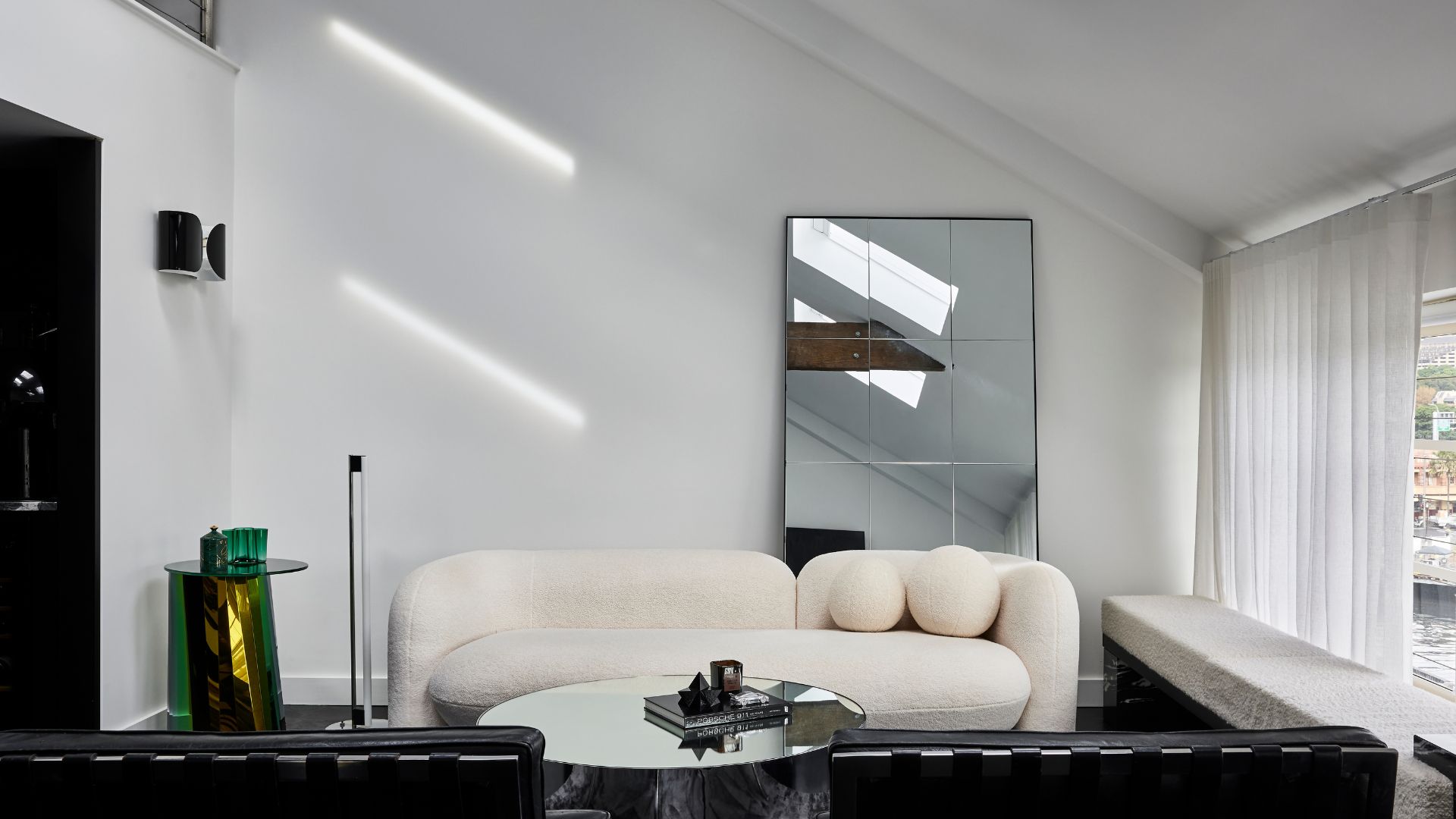 Is It Okay to Have a Mirror Facing a Door in Feng Shui? The Verdict Is In and It Just Might Surprise You
Is It Okay to Have a Mirror Facing a Door in Feng Shui? The Verdict Is In and It Just Might Surprise YouDecorating your home with mirrors calls for intention if you're dressing your space in accordance with Feng Shui. Here's what you should know.
By Amiya Baratan
-
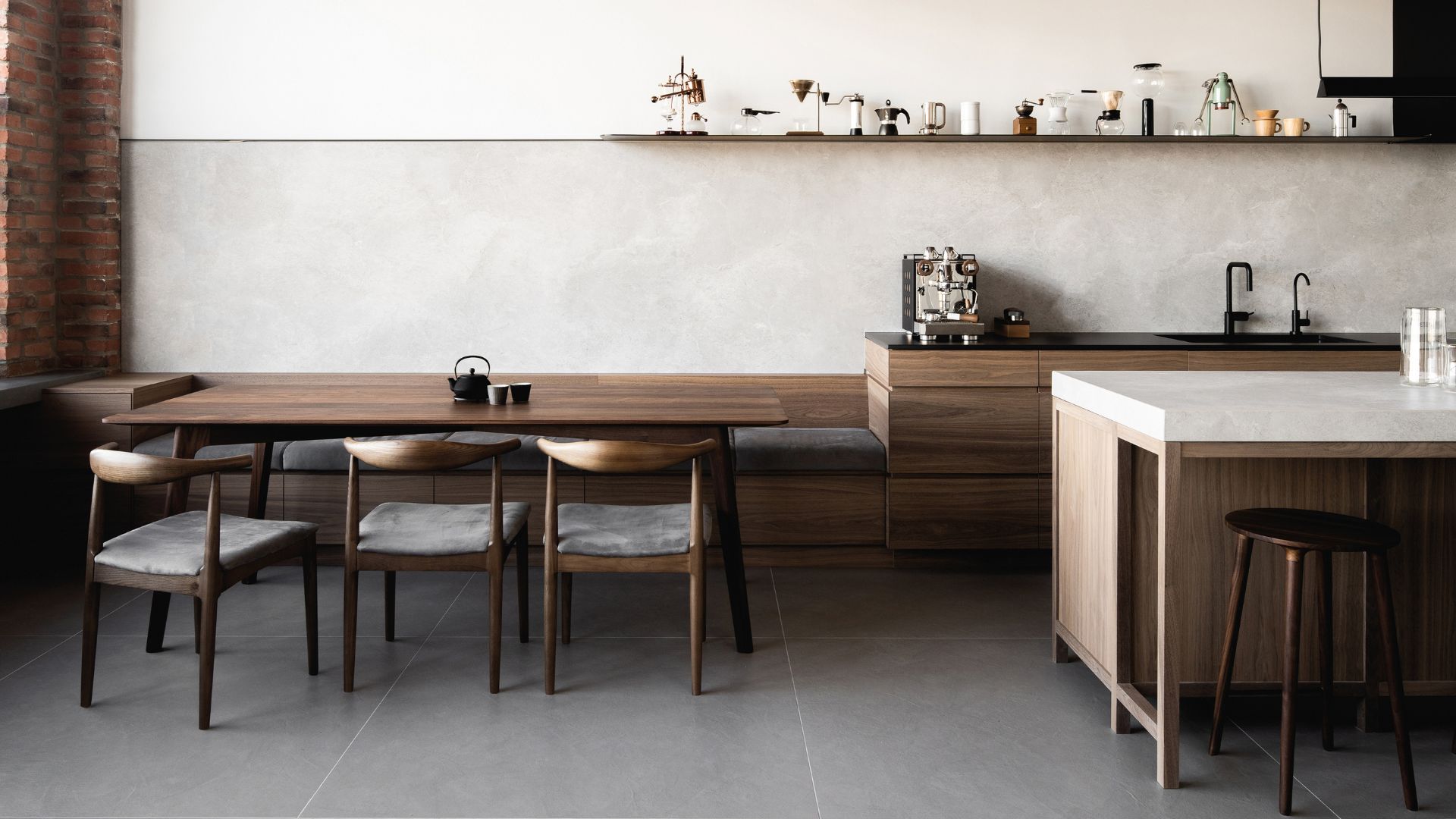 4 Things to Unpack as Soon as You Move House — For a Comfortable and Organized Fresh Start
4 Things to Unpack as Soon as You Move House — For a Comfortable and Organized Fresh StartIf you have a major move in the works and you're looking to prepare in advance, this is the starter kit you need to properly set up your new home.
By Amiya Baratan
-
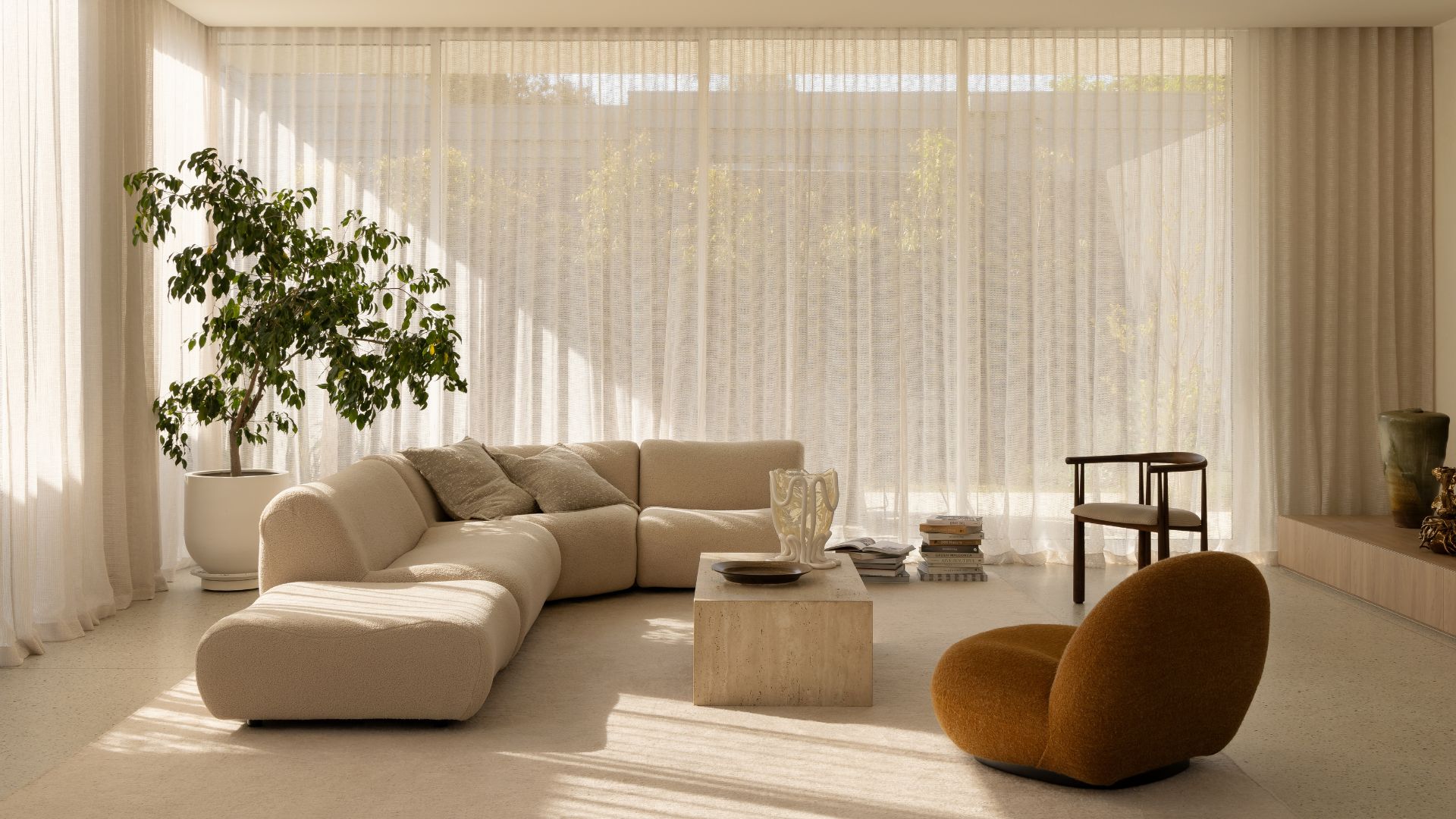 10 Decluttering Challenges to Have on Your Radar This Year — For a Tidier, More Mindful Home
10 Decluttering Challenges to Have on Your Radar This Year — For a Tidier, More Mindful HomeIf you're interested in transforming your home for the better, here are 10 decluttering challenges I recommend for a professionally tidy space.
By Amiya Baratan
-
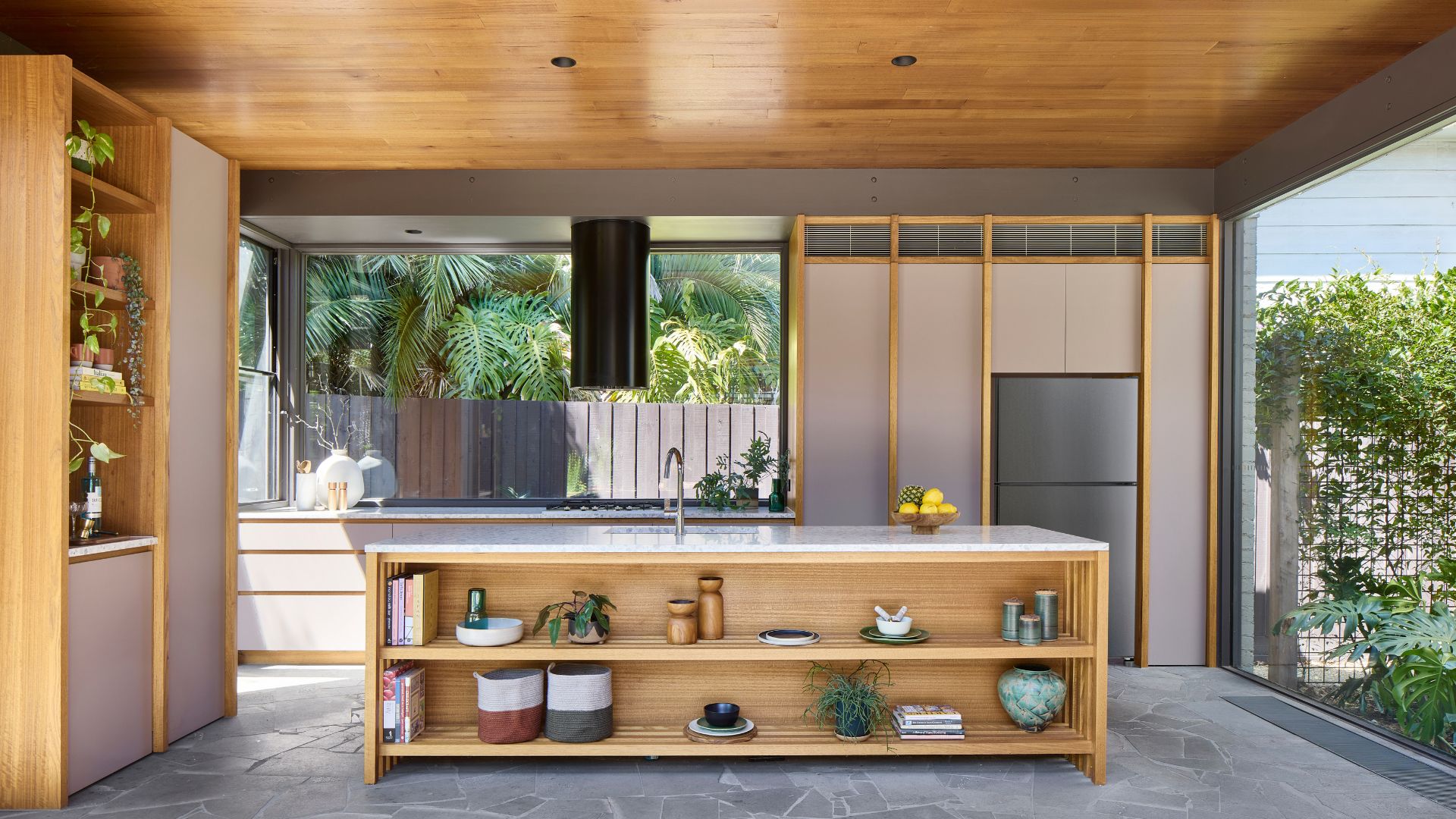 Biophilic Decluttering — What to Take Out of Your Home (and What to Put in) for a More Natural Home
Biophilic Decluttering — What to Take Out of Your Home (and What to Put in) for a More Natural HomeTry your hand at biophilic decluttering to ground your interiors, connect to the environment, and cure chronic clutter in one go. Here's how.
By Amiya Baratan
-
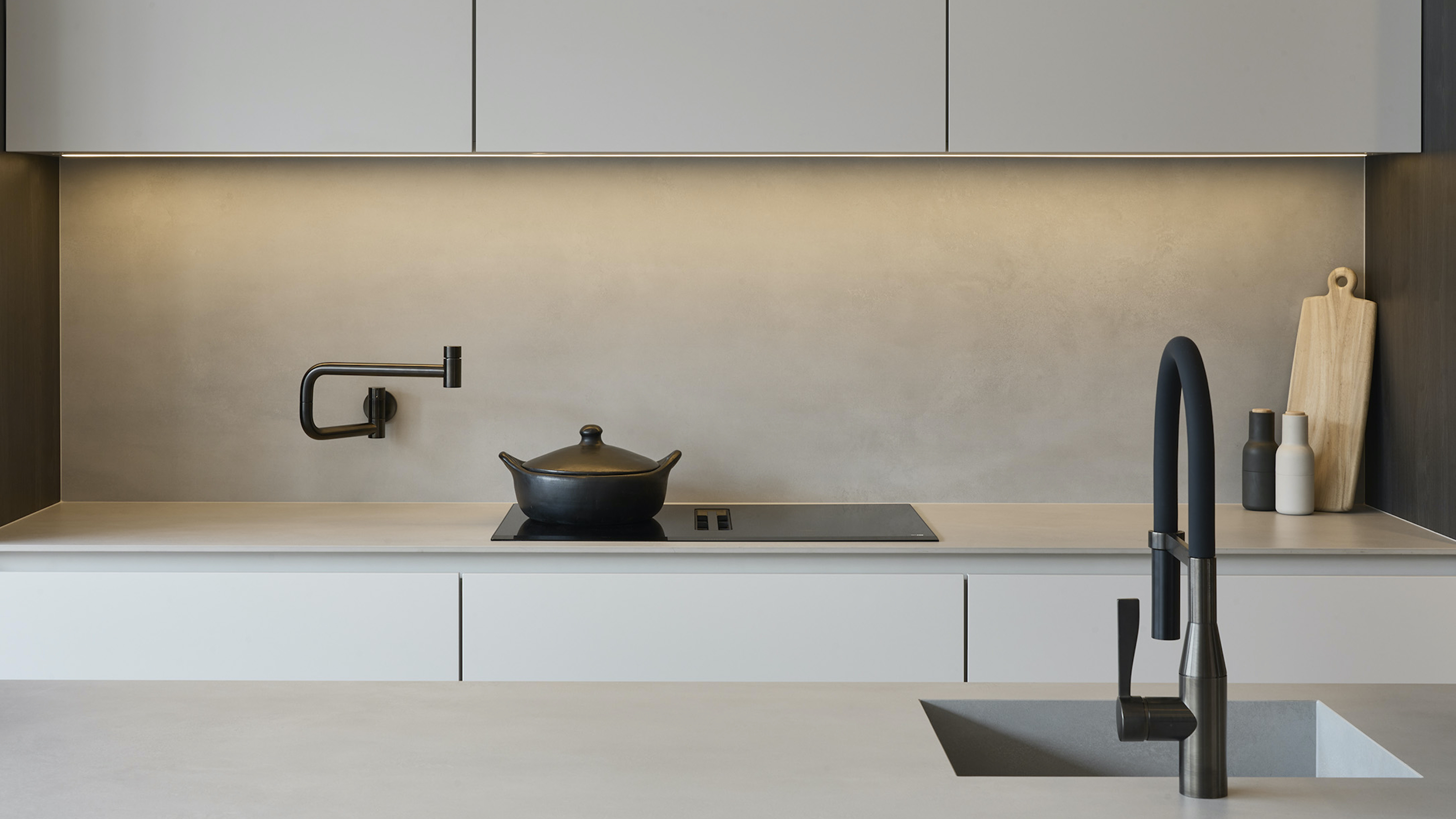 The 10 Different Types of Kitchen Taps — And the Pros and Cons of Each One to Know Before You Pick
The 10 Different Types of Kitchen Taps — And the Pros and Cons of Each One to Know Before You PickFrom sleek pull-outs to vintage bridge taps, explore 10 kitchen tap styles that mix function, flair, and a splash of cool
By Linda Clayton
-
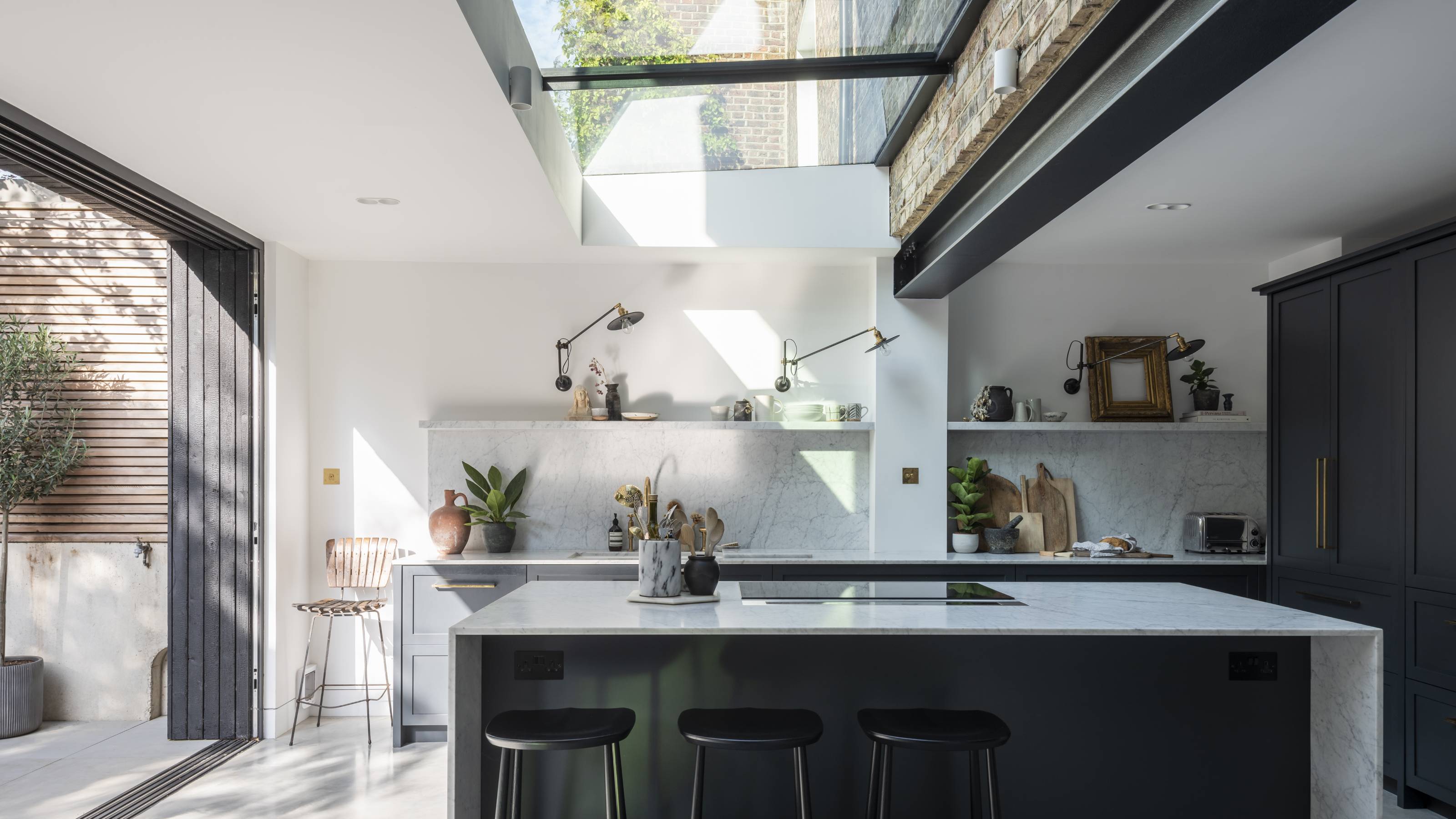 How Much Does an Extension Cost in 2025? Renovation and Design Experts Break Down Your Budget
How Much Does an Extension Cost in 2025? Renovation and Design Experts Break Down Your BudgetExplore how much different types of extensions cost in 2025 to budget for your project accurately
By Amy Reeves
-
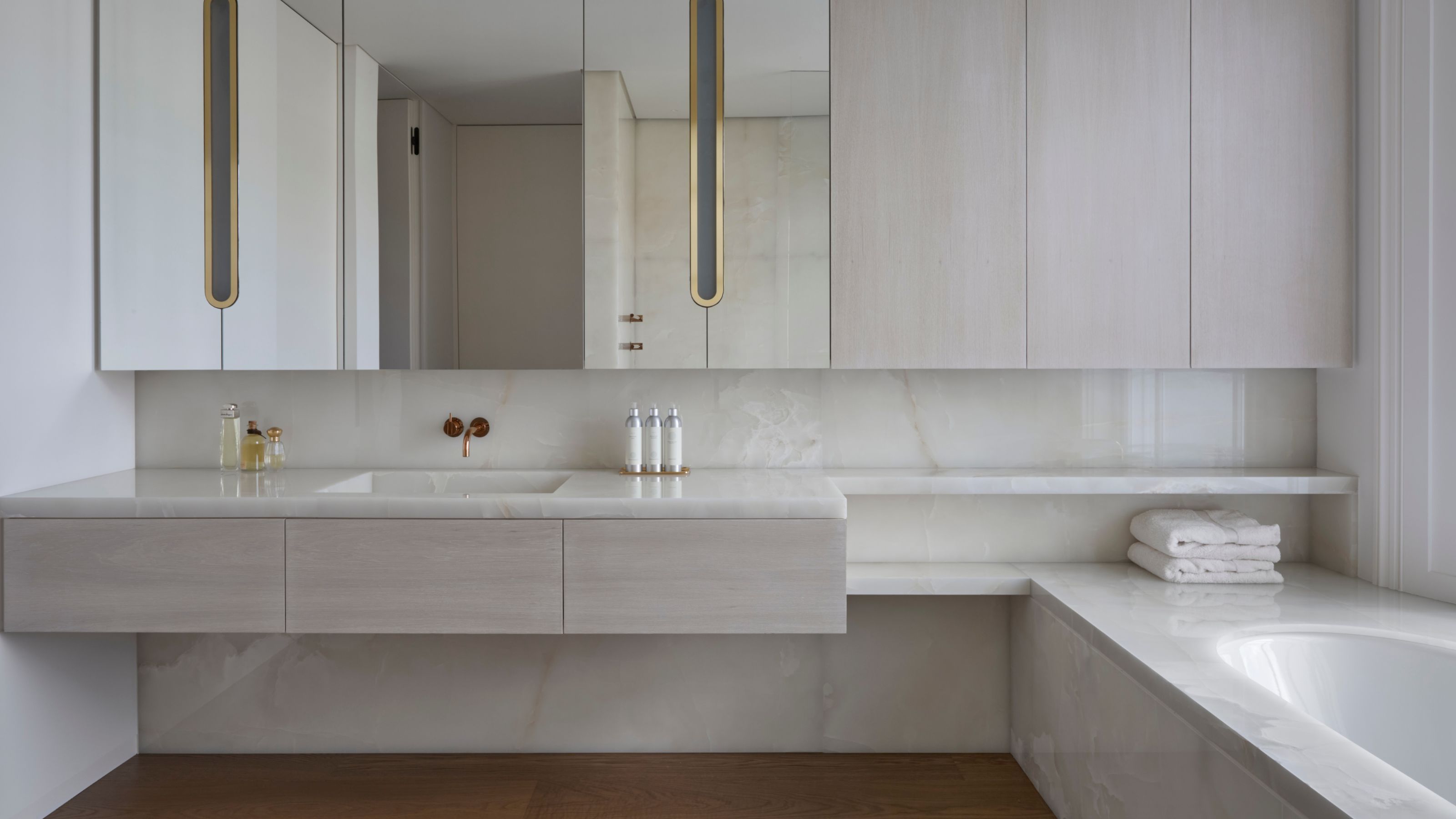 9 Bathroom Storage Mistakes You're Probably Making That Make Using This Space Much Harder — And What to Do Instead
9 Bathroom Storage Mistakes You're Probably Making That Make Using This Space Much Harder — And What to Do InsteadDiscover which mistakes are to blame for your overcrowded and cluttered bathroom
By Seraphina Kyprios